Every episode of HBO’s The Last of Us has had something emotionally devastating (some good and bad) to sit with, but episode seven, “Left Behind,” is probably going to be one of the hardest to deal with in the show’s nine-episode run. That’s because, as the title suggests, it looks like we’re going to experience the adaptation’s version of the first game’s Left Behind DLC, and boy, it’s gonna be rough.
Spoilers for Left Behind and probably episode seven of the HBO series follow
What was Left Behind about?
The Left Behind DLC came out in 2014, a little under a year after The Last of Us launched in 2013. It tells a two-pronged story of flashback and present day set before the game’s winter section. Unlike the bulk of the main game, you play as Ellie the entire time. The flashback segments show her life before she was bitten and realized she was immune to the cordyceps fungus that has leveled the rest of the world. It centers around her relationship with Riley, a friend who, like her, lived in the Boston quarantine zone. In the show, Riley is portrayed by Euphoria actor Storm Reid, and the preview for the episode makes it seem like it’s going to be pretty similar to the source material.
In the DLC, Riley takes Ellie to an abandoned mall and is able to restore the power to the building. The two spend a few hours going through various stores and talking about the time they’ve spent apart after Riley disappeared from their boarding school. That seems to be the core concept of HBO’s adaptation as well, though it looks like we’ll get a deeper dive into Ellie’s life as a student in the QZ. The preview shows Ellie taking part in a gym class, getting into a fight, and her bully referencing “her friend” as the one who usually gets into fights. That friend is Riley, who sneaks back into the school to take Ellie out for a trip to the mall.
All that being said, Ellie and Riley’s relationship is a pretty conflicted one, as you can see in the preview for the episode. Riley becomes part of the Firefly revolutionary group, and knows she won’t be able to stay in Boston with Ellie. But based on what we already know about how Ellie got infected (she mentions she was exploring the mall at the Boston QZ in episode two), Ellie mentioning that she’s had to hurt people before, and that Riley is referred to in the past-tense in episode one, it sounds like the show is going to lead to the same conclusion.
G/O Media may get a commission

What remains to be seen is if the present-day segments of the DLC where we see Ellie looking for medical supplies for Joel after the events of episode six will also be part of Sunday’s episode. Given that the show seems open to condensing the more gameplay-centric segments (like this past week’s episode shortening the University of Eastern Colorado section into a few concluding scenes), the present-day mall looting might be much less prevalent.
Why was Left Behind so important to Ellie and The Last of Us as a whole?
While Ellie’s infection is the big story moment of Left Behind, her relationship with Riley was significant for a few reasons. It confirmed Ellie was a lesbian, which was a huge revelation in 2014. At the time, there was some criticism surrounding this reveal being relegated to DLC, but Ellie’s relationship with Dina in The Last of Us Part II proved this wasn’t some bullet point on a character sheet for her, and that her identity as a queer woman was central to her story. But on top of one of the biggest games of the time putting a lesbian protagonist front and center, Left Behind remains one of the best experiences in The Last of Us’ expanded media. The writing of Ellie and Riley’s relationship is decidedly youthful, flirtatious, and heartfelt, a marked contrast after a game where the primary relationship was between an old man and a kid who don’t see eye-to-eye until about halfway through its dozen-or-so-hour runtime. It has a lot of the same themes of loss and human connection during the end of days, but the tone is dramatically different due to its focus on teenage girls.
There’s also something tragic about watching these two young girls who were born after the apocalypse rummage through relics of pre-apocalypse life without a frame of reference for what culture was like before. There’s a scene where Ellie and Riley try on masks in a Halloween store and have zero context for why anyone would have bought these silly little costumes. It’s something we see throughout the main game, as Joel has to fill Ellie in on things like college and football because he was alive and well when those were cultural touchstones. But while these scenes in Left Behind are played for laughs as Ellie and Riley fumble their way through merchandise from a time long, long ago, there’s a tragic undercurrent the main game can’t capture for long, as Joel swoops in with an explanation.
These ideas are revisited in The Last of Us Part II as Ellie once again takes center stage, and is often paired with characters like Dina and Jesse, who are also young enough to not have any context for things like a Pride flag or why a children’s bookstore would be okay using mushrooms as decoration in a world that would one day be overtaken by an infectious fungus. It will be interesting to see how the show grapples with these ideas in future episodes.

Left Behind was also one of the earliest industry-wide shifts toward including more slow-paced exploration in big-budget action games after the success of 2013’s so-called “walking simulator,” Gone Home. While Naughty Dog did have contemplative moments in previous titles—many players of Uncharted 2 were struck by a quiet section in which you just explore a Tibetan village—these types of gameplay segments didn’t become a defining aspect of how they characterized protagonists until around this time. When Uncharted 4 rolled around, Naughty Dog spoke of this influence openly.
“We haven’t gone 100 percent Gone Home,” said Naughty Dog’s Josh Scherr, after admitting that Uncharted as a series had gone overboard with action setpieces. “And it’s a lot harder for us to do things like that. But when we can, we like people just being able to walk around, look at things, just take in their environment — without being shot at.”
Really, Left Behind was one of the earliest examples of how The Last of Us excels most when it’s Ellie’s story, rather than Joel’s. The more removed we get from that original game, the more I realize it feels like a prologue to something more profound, as Part II examines the events of the original game to explore themes of grief and forgiveness through the eyes of someone who has been deeply wronged by someone they love. It’s messy, but Left Behind really leans into those feelings of grief from the perspective of the character with the most to lose in the end, and that’s part of why it feels like such an essential piece of The Last of Us, despite being an optional DLC.

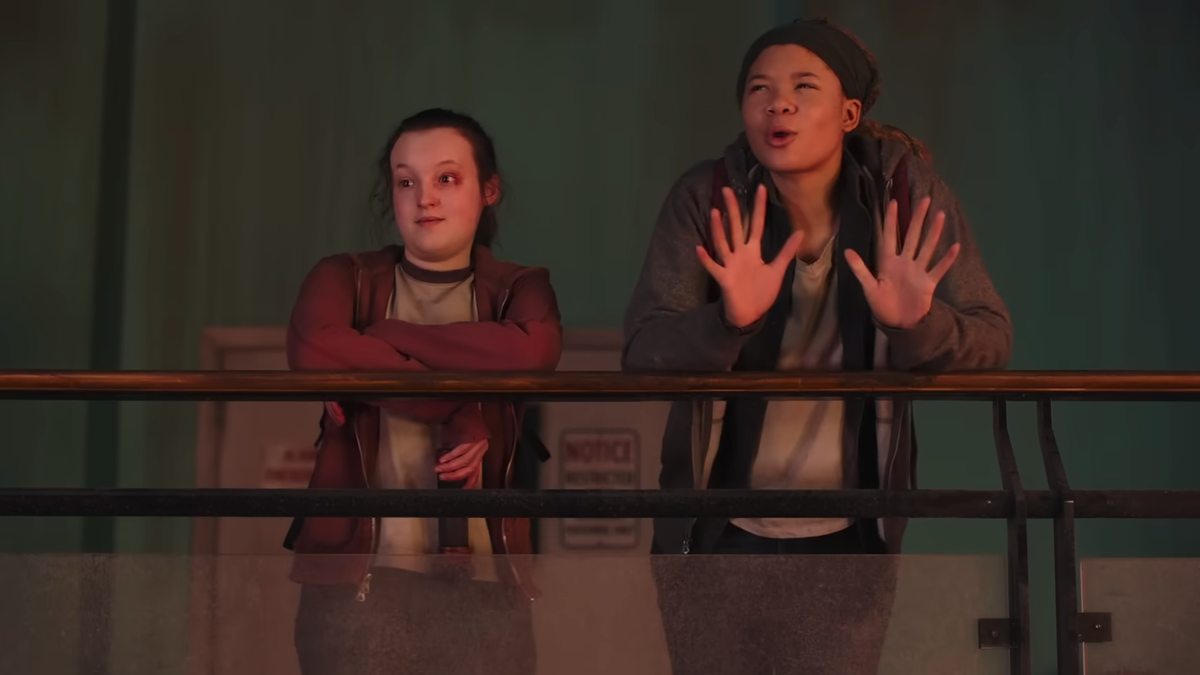
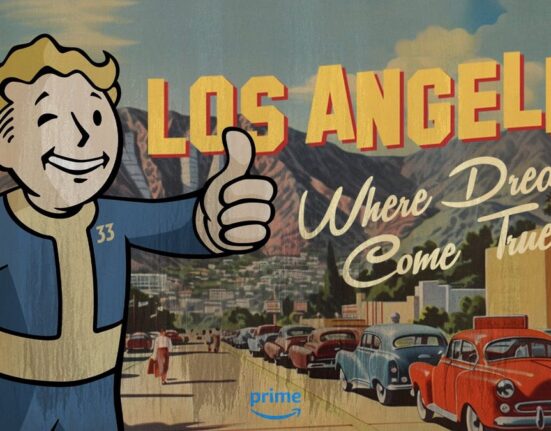
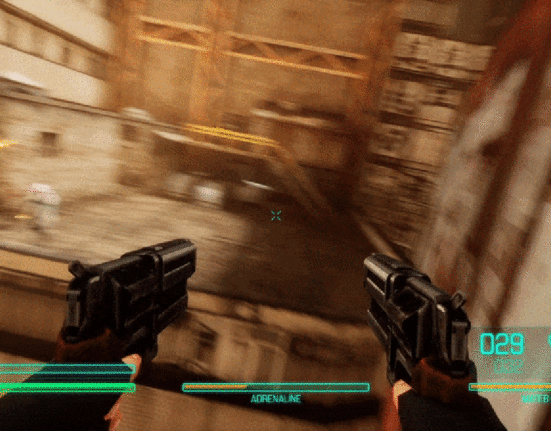
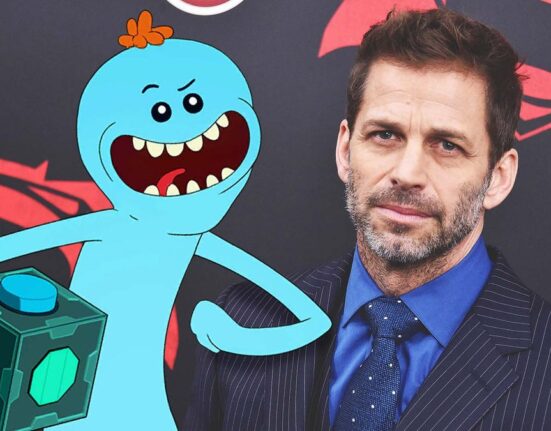
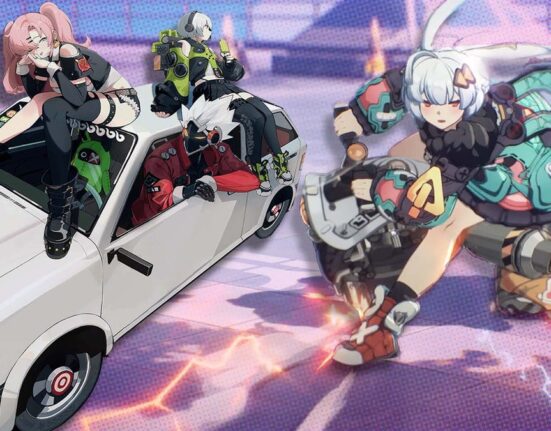
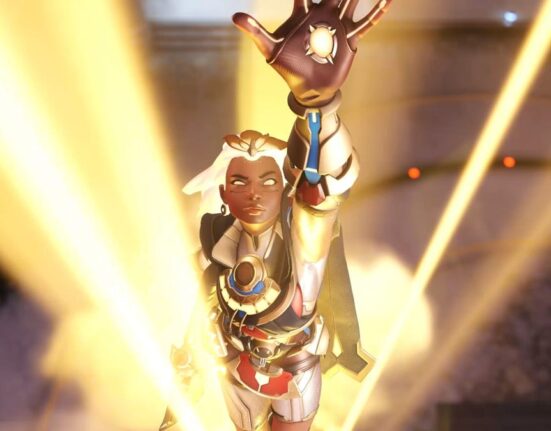
Leave feedback about this